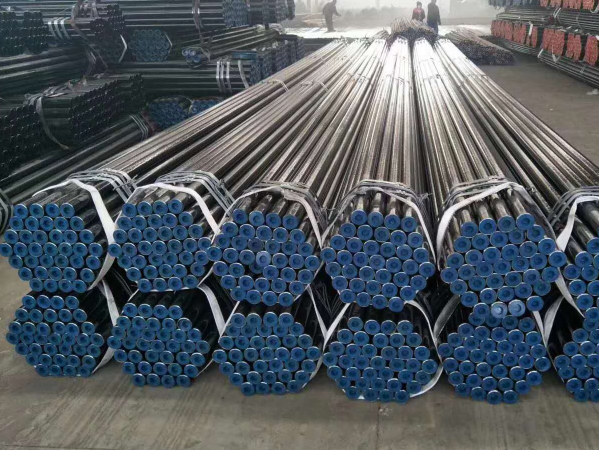
In the manufacturing process of seamless tubes, water quenching is a common quenching method used to quickly cool seamless tubes to increase their hardness. This is usually part of a quenching and tempering process, where quenching is used to increase hardness and tempering is used to restore some toughness. It should be noted that water quenching can be performed immediately after the heating stage or before tempering. Process conditions for the entire quenching and tempering process, such as temperature and duration, will vary based on the specific carbon steel alloy, seamless tube size and application requirements.

Specific seamless tube cold treatment processes and parameters may vary depending on the composition of the steel, its use, and the standards or specifications that must be followed. Before implementing any cold treatment process, material properties, welding procedures, and other relevant factors must be carefully analyzed to determine the cold treatment process best suited for the specific application.
Tips: ASTM A106 (ASME SA106) seamless pipes can transport fluids or gases under high temperature and pressure. There are three grades: A, B, and C. The most commonly used ASTM A106 grade B is widely used in oil and natural gas refineries, power plants, petrochemical project factories, and boilers. and ship construction. These pipelines must carry fluids and gases that exhibit higher temperature and pressure levels.
Related information
